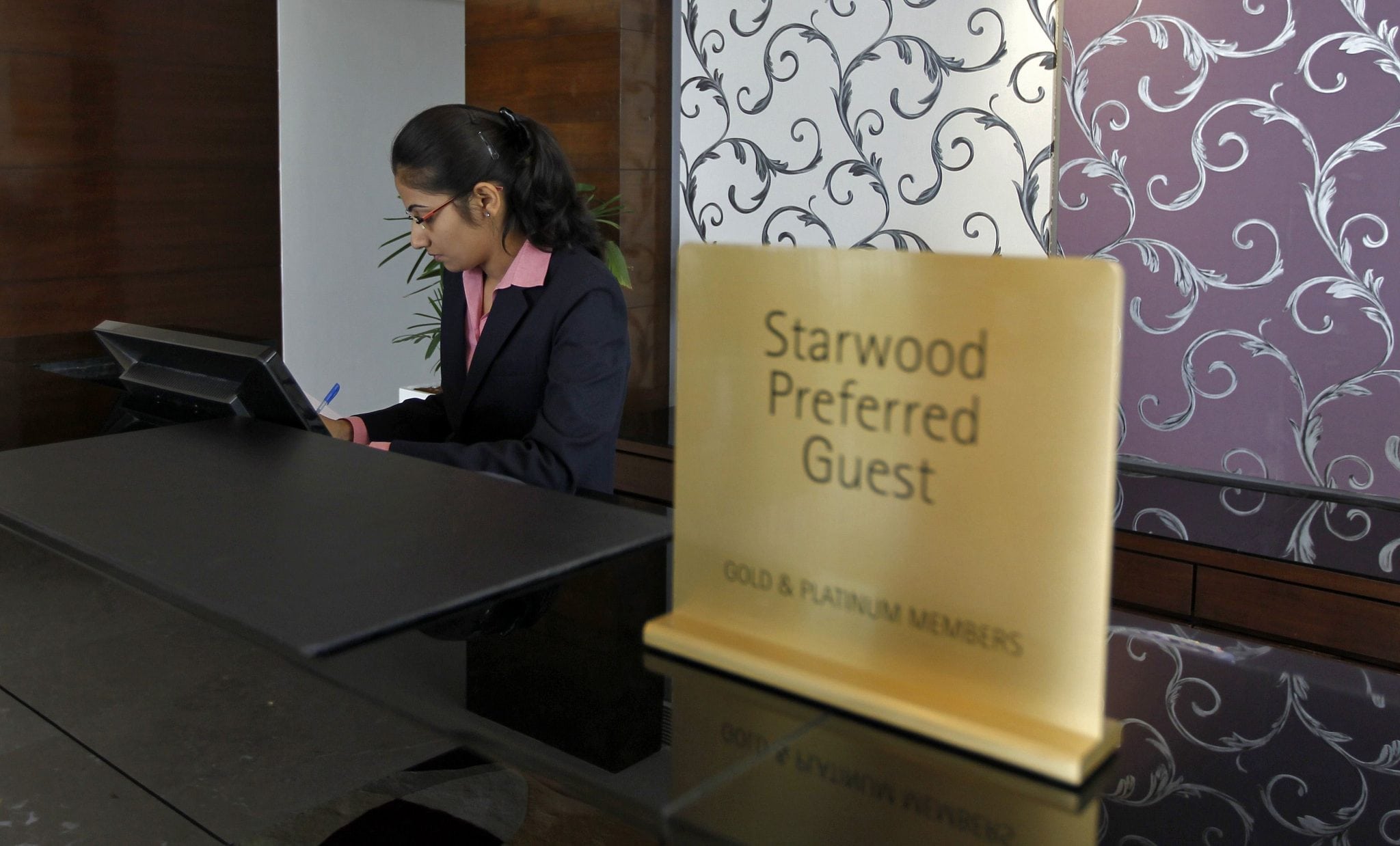Skift Take
Loyalty points are a currency that requires an expertise of a George Soros to take the best advantage of.
Earlier this year, The New York Times published an article lamenting the decline of the mileage run, those short trips taken at year’s end in order to earn a few more miles and achieve elite status.
The main argument of the article was that as airlines move towards revenue-based loyalty programs, the need to earn last second miles is somewhat moot. By extension, loyalty programs are in decline.
To an effect, that’s true, but the article fails to consider the wide variability of loyalty programs and their applications. A big component of a loyalty program’s value has to do with its utility. One program, where a traveler is constrained to earning and spending points on a single carrier, for example, can be far weaker than another program that has multiple earning and transfer partners.
In truth, a great deal of variables go into building a loyalty program and applied carefully, they can still have great value. First, however, come several important considerations.
Transfer Partners
The hotel industry is a great illustration of the strength of transfer programs. Kimpton’s program allows for varying levels of lucrative rewards (including direct access to their CEO) through their Karma program. At large though, it’s limited to building more business with the Kimpton brand. Starwood, on the other hand, allows travelers to transfer points to a variety of destinations including over two dozen airline partners. This allows hotel visitors to apply their points in much wider range of applications — increasing the program’s utility.
Inventory
There’s also the question of redemption inventory. Airlines are famous for heralding that they have broad and lucrative awards, but they rarely mention their cost. Both Southwest and Delta are famous for this — even though they claim to have wide award inventory the tickets are so comically expensive that a common traveler can’t afford them.
The perfect loyalty program for inventory yields tickets with wide availability and low cost. Without both of those features, the points become quickly useless.
Geolocation
The variable that constrains all loyalty program redemptions though is the home location of the consumer. In Chicago’s O’Hare airport, the main carriers are American and United. With more flights operating out of those airports, there are obviously more award seats available. Collecting Delta miles as a Chicago resident, conversely, may not be as useful.
Comparing Valuation
Casual assessments of loyalty programs tend to put the value of points at anywhere between $0.01 and $0.02 each, but based on the above criteria, the variance can be quite wide. Luckily, a handful of points experts frequently crunch evaluations and among them, a few trends appear.
Averaging their assessments across the top American air carriers yields the follwing results, where a higher valuation points to a stronger loyalty program.
- American Airlines AAdvantange: $0.017
- United Airlines MileagePlus: $0.016
- Delta Air Lines Skymiles: $0.013
A similar review of the top hotel programs yields:
- Starwood Preferred Guest: $0.023
- Hyatt Gold Passport: $0.016
- Marriott Rewards: $0.008
- Hilton Honors: $0.004
Full studies of each program can be found from View From the Wing, The Points Guy and One Mile at a Time (hotel/airline). Each blogger also gets deep into comparing the value of credit card loyalty programs, which can tangentially affect the balance (and burn rate) of your loyalty program, but for the sake of simplicity we’ll leave that discussion for later.
Strategically Collecting and Applying Loyalty Points
The above assessments imply that American miles are worth 30% more than Delta miles and that Starwood points are worth a whopping 575% more than Hilton points. In turn, those points should be earned and spent accordingly.
Put another way, if points programs were international currencies, Starwood might be the British Pound, American might be the Dollar and Delta might be the Rouble. Spend your Roubles while you can and keep the Dollars and Pounds in the bank. For now, those still have value.
This calculus also only holds while the airlines and hotels keep their loyalty programs in place. As Delta, United and Hilton recently proved, the concept of a “loyalty” program is very fluid, so 2016’s assessment may be completely different than 2015’s. For the year though, this strategy should hold.
Have a confidential tip for Skift? Get in touch
Tags: american airlines, delta air lines, hilton, hyatt, loyalty, marriott, starwood, united airlines
Photo credit: An employee works at the reception of the Four Points hotel in the western Indian city of Ahmedabad April 9, 2013. Amit Dave / Reuters
